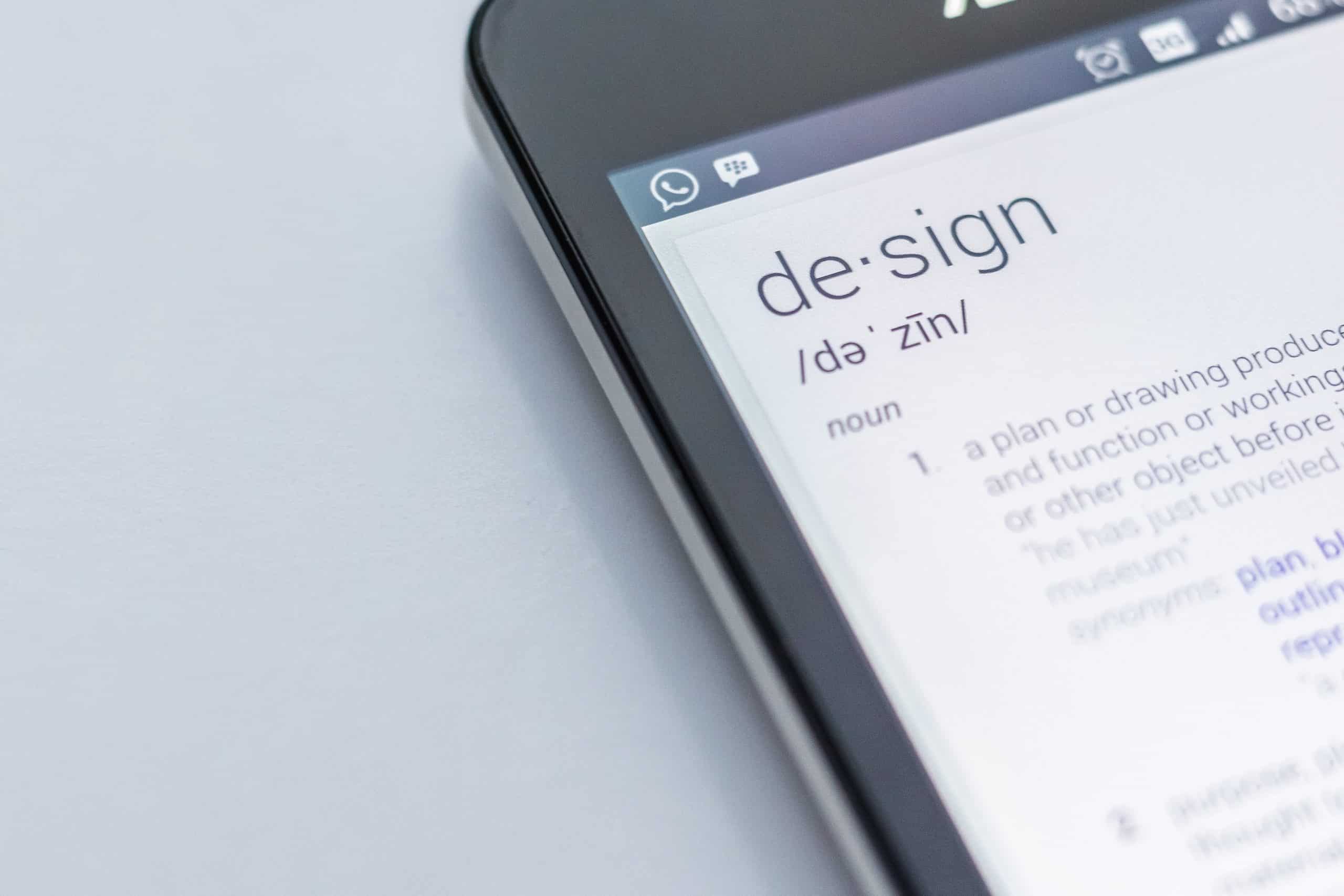When it comes to your company’s legitimacy in today’s world, users expect you to have a great website. In fact, a bad website can do significant damage to your reputation and overall success. It will repel customers from your products and services even if you are the best in your industry. Why? Because appearances really do count, and a website is often the first impression of everything you do and represent. It only takes 0.5 seconds to form an opinion of a website, and 94% of that judgment is design-related.
“With so many sleek and thoughtful sites on the internet, users are savvy and snobby.”
Great websites have fundamental features to entice users to stick around and investigate who and what you are. Are you considering a better website to reflect your business’s ethos? We recommend you incorporate these five design qualities. If you’re working with an agency that doesn’t emphasize their importance, pack up your stuff, walk out the door, and find someone else.
Five Fundamental Ways to Get Your Website Noticed for All the Right Reasons
When you start with these five fundamental principles of building a great website, you’re sure to attract the appropriate attention and convert visitors into customers.
1. Exceptional Imagery
As mentioned above, first impressions count–so the images on your website must be sharp, professional, and high-resolution pictures. Where possible, it’s advisable to have a photoshoot with a reputable photographer who can capture brand photography and provide you with a bank of images you’ll use for your website. You should also have enough on hand for social media planning, print media, and digital ads. Companies who use e-commerce will benefit significantly from quality product images that capture your wares in the best light possible.

“A brand’s website is its online business card, storefront, billboard, and neon sign glowing on the vast internet.”
Hiring a photographer and building a website at the same time may not be within your annual budget. In the interim, make use of free, downloadable imagery on the internet. Sites like Unsplash, Pexels, and Pixabay are helpful places to begin your search. Keep in mind that images in the same color scheme and mood will keep your site more cohesive and that three images per page are recommended.
2. Captivating Copy
Here’s something that may surprise you. Though we’ve discussed that your business must have a strong presence on the internet, it’s not all about you (ouch!)–especially when it comes to the copy. Omit the superfluous introduction that includes your core values and origin story. Instead, the words on your website, especially the homepage, must be about the user. If the initial content is about your business, don’t expect visitors to be engaged.
Users want to read about themselves and their pain points. Write in a way that makes them feel special and understood. Capture their voice and have a conversational tone. You’ll engage readers by identifying with them rather than asking them to identify with you.

“If the initial content is about your business, don’t expect visitors to be engaged.”
Seth Godin, author of This is Marketing, writes, “People don’t want what you make. They want what it will do for them. They want the way it will make them feel. If you can bring someone belonging, connection, peace of mind, status, or one of the other most desired emotions, you’ve done something worthwhile. The thing you sell is simply a road to achieve those emotions…”
3. Define Your Audience
Without a clear audience in mind, your copy can only be so captivating. If your demographic is women over 40, but you write in an adolescent tone with references only a gamer would understand, your ideal customer will jump ship. So ask yourself:
- Who are your customers?
- Where are they in their lifecycle?
- How do they want their needs met?
Gather this information with surveys using attractive, stylized pop-ups on your site. It’s a perfect way to collect email addresses, engage your customers, and collect invaluable data.
4. Font
The font comic sans gets a terrible rap in the design world, and that opinion has permeated into popular culture. From its juvenile shape to its association with early and unsophisticated internet design, it’s a rare case when this mostly disliked font is used–especially for professional purposes. In other words, great websites don’t use comic sans.
“The psychology of fonts uncovers that typography conveys various characteristics about a brand, so think about who you are, who you’re attracting…”
Your website’s font is about appearance, branding, and readability. If you don’t use your brand’s font on your website, you should consider why. (Is it unreadable, unattractive, or unavailable?)

The psychology of fonts uncovers that typography conveys various characteristics about a brand, so think about who you are, who you’re attracting, and what these styles mean:
- Serif fonts: tradition, respectability, reliability, comfort
- Script fonts: elegance, affection, creativity
- Display fonts: friendliness, fun, uniqueness, expressiveness
- Modern fonts: strength, style, chic, progressiveness
- Sans serif fonts: stability, objectiveness, clean, and modern minimalism
5. User Experience
Finally, suppose your website is clunky, unresponsive, slow to load, hard to navigate, or suffers from any 404s. In that case, it is undeniably a less than user-friendly experience. With so many sleek and thoughtful sites on the internet, users are savvy and snobby. They know when they aren’t getting enough love and attention because remember, your site is all about them.

Avoid costly web-flow errors by ensuring your website is mobile-friendly and fast as lightning. You want your pages to have the most crucial information above the fold, and layouts should be consistent throughout. And remember, imagery is necessary and captivating when you use it wisely.
A brand’s website is its online business card, storefront, billboard, and neon sign glowing on the vast internet. Unless created with forethought and best practices, there’s a chance you could be throwing all that valuable and virtual real estate away. Ensure attention for all the right reasons by implementing intelligent design choices, and you’ll attract customers who will feel an inspired connection to your brand.
Courtenay is the agency’s Creative Content Director. Her talents include short and long-form blogs, video and radio scripts, social media strategy and implementation, email marketing, and word chopping. Give her 1,000 words and she’ll give you back 500.

